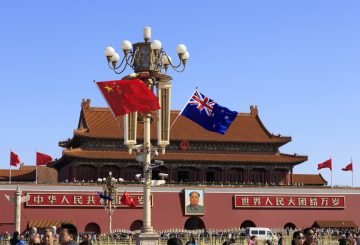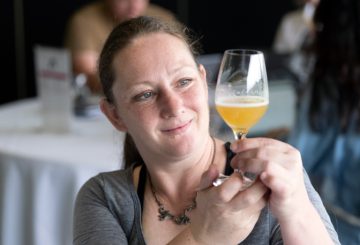Hội Chữ thập đỏ cho biết quỹ cứu trợ thiên tai của họ đang dành thời gian để chảy vào các cộng đồng bị ảnh hưởng vì tổ chức này muốn tránh lặp lại những sai lầm mà họ đã mắc phải sau trận động đất ở Christchurch.
Người dân New Zealand cho đến nay đã quyên góp 22 triệu đô la cho quỹ cho những người bị ảnh hưởng bởi cơn bão Gabrielle và lũ lụt, nhưng chỉ một phần năm trong số đó đã bị tiêu diệt.
Tổng thư ký Hội Chữ thập đỏ Sarah Stuart-Black cho biết họ đang dành thời gian để đánh giá quy mô của nhu cầu và làm việc với các hội đồng, chính phủ và Iwi để đảm bảo rằng họ không tăng gấp đôi số tiền quyên góp.
Sau trận động đất ở Christchurch, Hội Chữ thập đỏ đã di chuyển quá sớm và bị chỉ trích vì đã nhân đôi nguồn tài trợ và chuyển nó đến sai nơi, cô nói.
Một ví dụ về cách tiếp cận thử nghiệm đầu tiên là một chương trình thí điểm thay thế các vật dụng gia đình thiết yếu cho whānau bằng những ngôi nhà dán trong cộng đồng Tai Rāwhiti của Te Karaka.
Nhưng ở ngoại ô Hastings của Pakowhai, Geoff Downer cho biết ông chỉ cần tiền mặt – rất khẩn cấp.
Nhà của Downer và hai cơ sở kinh doanh đã bị phá hủy bởi cơn bão Gabrielle. Ông đã nộp đơn vào Quỹ Cứu trợ Thảm họa Vịnh Hawke – mà Hội Chữ thập đỏ đã quyên góp – với số tiền tối đa là 1000 đô la, và nhận được một nửa số đó.
Thay vì hỗ trợ và quyên góp bằng hiện vật, Downer muốn mọi gia đình bị ảnh hưởng nhận một lần để chi tiêu theo cách họ thấy phù hợp.
Hội Chữ thập đỏ có thể vẫn đang giải quyết các chi tiết, nhưng Stuart-Black cho biết phần lớn quỹ của họ sẽ được chi vào tháng 8 và phần còn lại trong vòng một năm sau cơn bão.
Nhà cung cấp hình ảnh: radionz. co.nz





























































